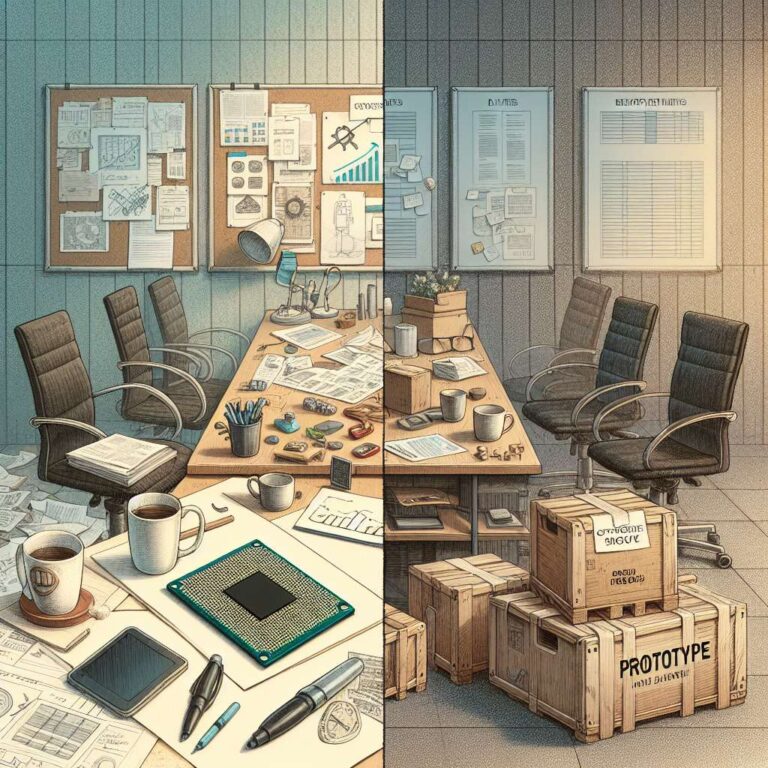After years of strategic stumbles, Intel employees tuned in on Sept. 18 to rare good news. CEO Lip-Bu Tan appeared alongside Nvidia’s Jensen Huang to unveil a surprise collaboration that includes an investment in Intel, a symbolic vote of confidence that lit up internal chats with “Jensen likes us” reactions. The lift follows other injections from the federal government and SoftBank, and comes after a long slide in which Intel last shipped truly leading-edge chips in 2017 and watched neighbors prosper in the Artificial Intelligence surge while it struggled to regain footing.
Workers and alumni say the decline was about culture as much as strategy. Intel famously missed mobile when then-CEO Paul Otellini declined Apple’s first iPhone chip request, and it later exited the very chips hyperscalers and Artificial Intelligence leaders crave, ceding ground to TSMC and Samsung. Inside, the culture drifted from Andy Grove’s “constructive confrontation,” flat structures and generous perks toward top-down decision making and financial optimization. Veterans recall an era of experimentation, signed silicon wafer awards, family time between product pushes and coveted sabbaticals. By contrast, former staff describe recent years as “heads-down, push-through,” with morale “in the toilet,” dwindling recognition, and layoffs branded with euphemistic program names announced at Business Unit Meetings that left people asking, “Am I next?”
Pat Gelsinger’s 2021 return briefly rekindled belief in a Grove-like revival. He bet billions on the 18A process, held weekly employee Q&As, and cut costs, including pay and sabbaticals, to fund the turnaround. His ouster last December bruised confidence. Tan, who became CEO in March, has since targeted a lean, fast-moving model, announcing another 25,000 role reductions after a 15,000 cut in 2024, and decrying suffocating bureaucracy. Employees say he is externally focused and rarely visible internally, pointing to a strict return-to-office push and a plan to outsource marketing to Accenture, which will use Artificial Intelligence to automate many functions. Tan has also said Intel will continue investing in its next-gen 14A technology only if customers commit, a philosophical shift from the prior “build it and they will come” stance that shocked some teams.
Financing moves have been equally jarring. In August, Intel agreed to let the U.S. government take a 10% stake in exchange for previously pledged funding, a step some employees framed as politically fraught. Reports that Intel is courting further backing from Apple and even rival TSMC underscore Tan’s focus on external partners. Despite frustration, many alumni remain loyal, actively networking, sharing roles and even starting companies while rooting for a comeback. One 30-year veteran said he would return “in a heartbeat,” provided the turnaround shows real legs and the company rediscovers the conditions that once made innovation a habit rather than a hope.

